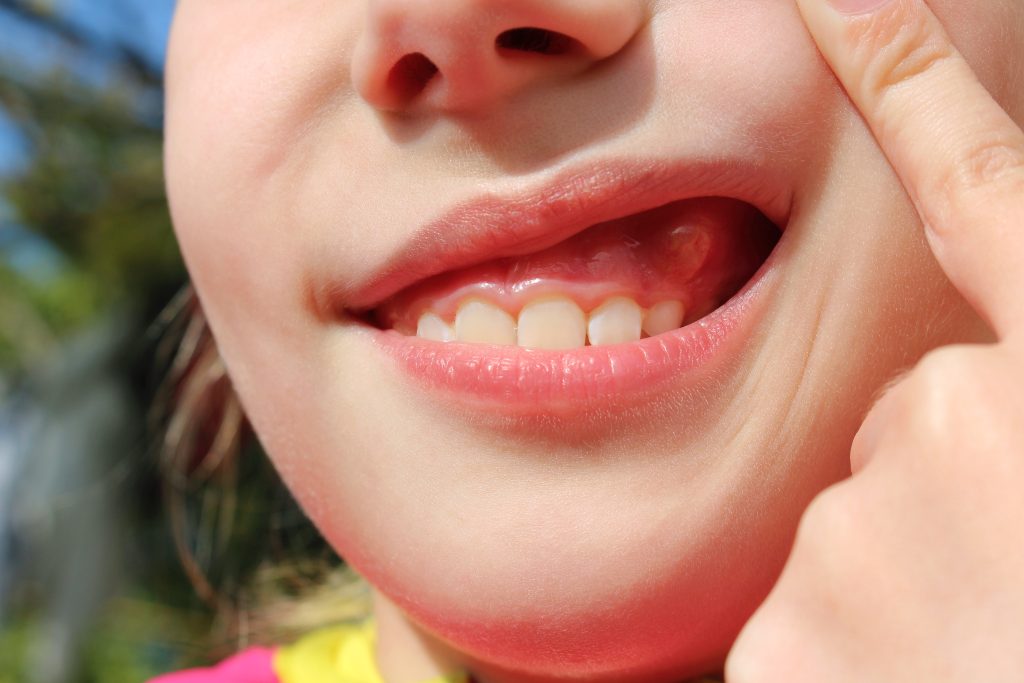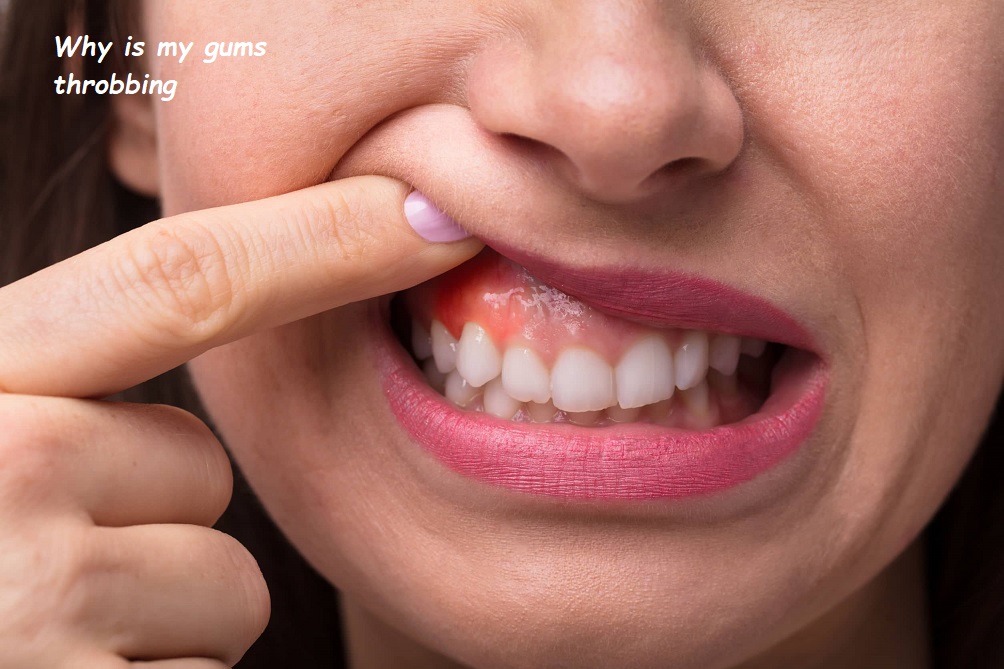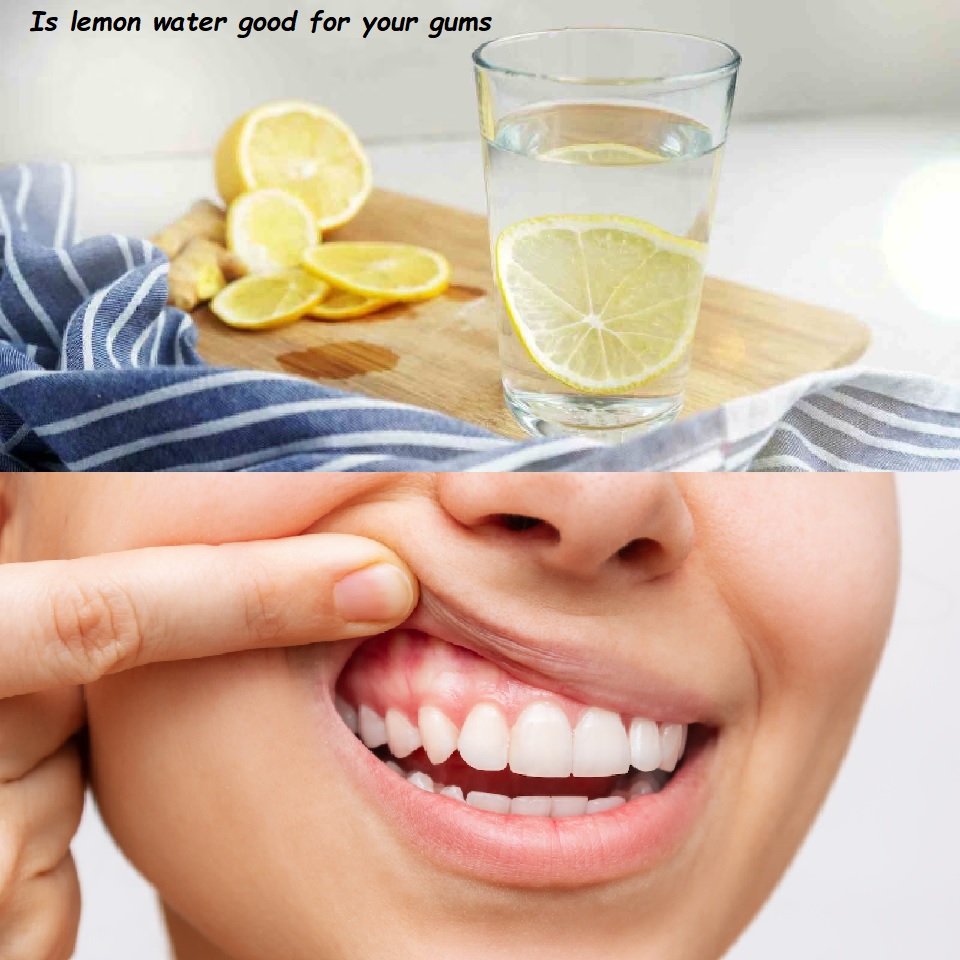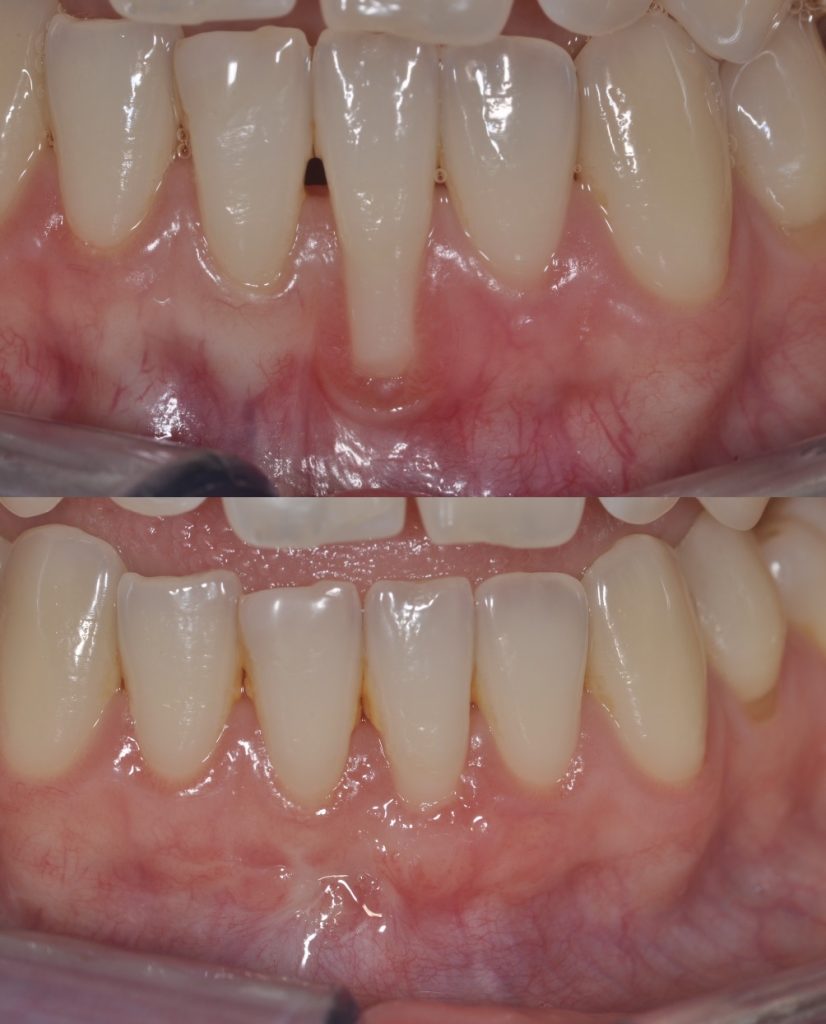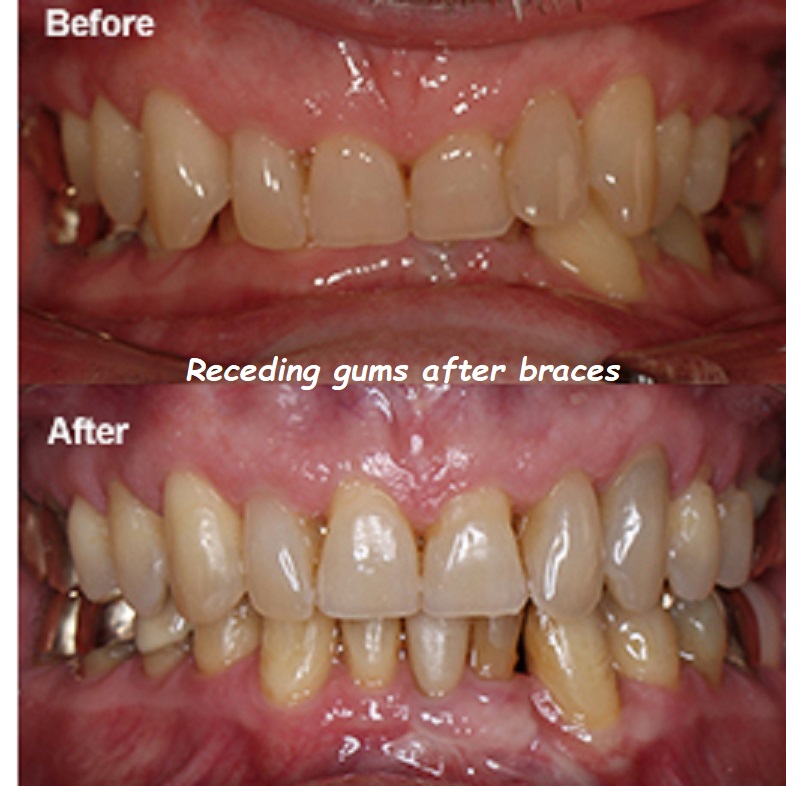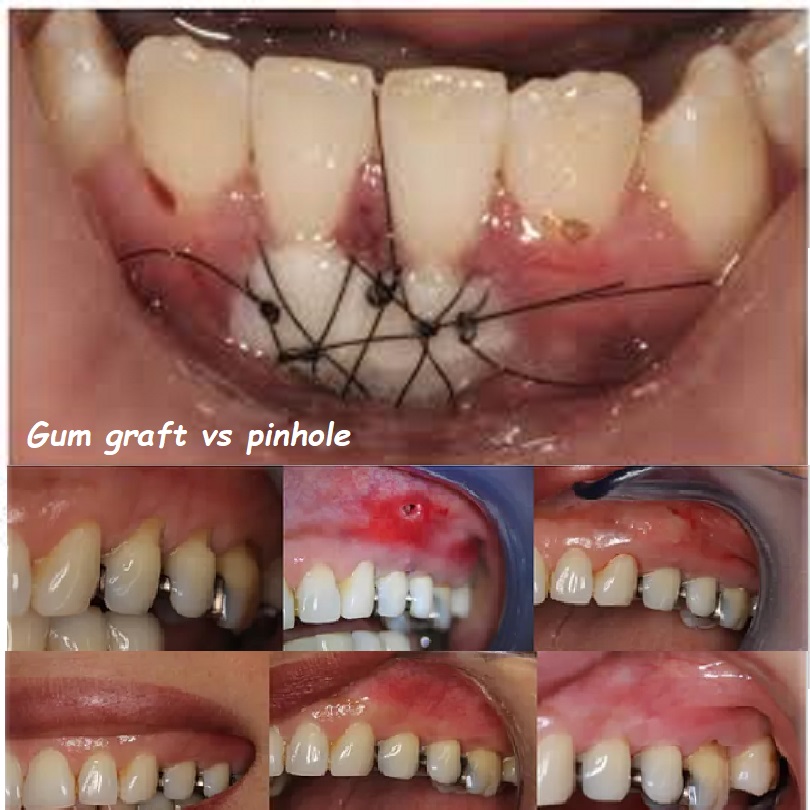Why is my gum receding around my crown
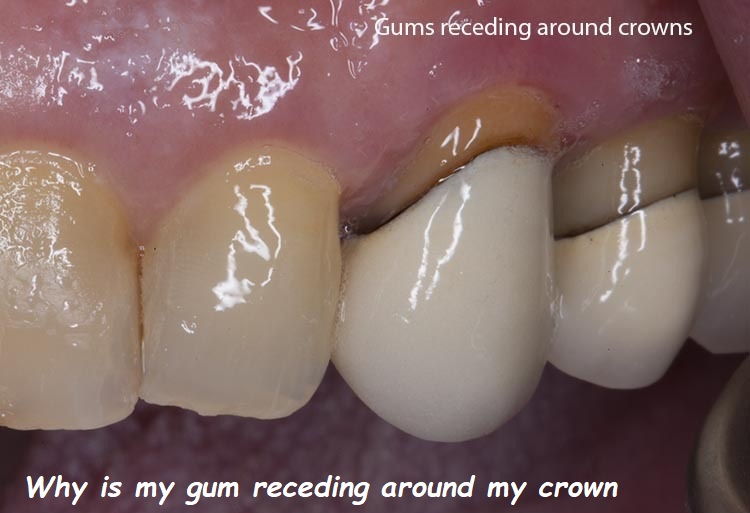
Gum recession is a common dental issue that can occur for various reasons. It’s particularly concerning when it happens around a dental crown, a cap placed over a tooth to restore its shape, size, strength, and appearance. Understanding why gums recede around crowns and what can be done to address the issue is crucial for maintaining optimal oral health. In this comprehensive guide, we’ll explore the causes, symptoms, prevention, and treatment of gum recession around dental crowns.
Understanding Gum Recession
Gum recession occurs when the margin of the gum tissue surrounding the teeth wears away or pulls back, exposing more of the tooth or the tooth’s root. This condition can lead to several complications, including tooth sensitivity, increased risk of decay, and aesthetic concerns. When gum recession occurs around a crown, it can compromise the integrity and appearance of both the gum and the crowned tooth.
Common Causes of Gum Recession Around Crowns
There are several reasons why your gum may be receding around your dental crown:
1. Poor Oral Hygiene
Poor oral hygiene can lead to plaque buildup, which causes inflammation and gum disease. If not addressed, this inflammation can result in gum recession.
2. Periodontal Disease
Periodontal disease, or gum disease, is a significant cause of gum recession. It begins with gingivitis, characterized by red, swollen gums that bleed easily. If left untreated, it can progress to periodontitis, leading to the destruction of gum tissue and bone.
3. Improperly Fitted Crowns
If a crown is not properly fitted, it can cause irritation and inflammation of the surrounding gum tissue. This can lead to gum recession over time.
4. Aggressive Brushing
Brushing your teeth too hard or using a hard-bristled toothbrush can wear down the gum tissue, causing it to recede.
5. Tobacco Use
Tobacco products can cause gum tissue to recede. They reduce blood flow to the gums, impairing healing and increasing the risk of gum disease.
6. Genetics
Some people are more susceptible to gum recession due to their genetic makeup. If your parents had gum recession, you might be at higher risk.
7. Hormonal Changes
Hormonal changes in women due to pregnancy, menopause, or birth control pills can make gums more sensitive and susceptible to recession.
8. Teeth Grinding and Clenching
Bruxism, or the habit of grinding or clenching your teeth, can exert excessive force on your teeth and gums, leading to recession.
9. Injury or Trauma
Any injury or trauma to the gum tissue can cause it to recede. This includes physical trauma from dental procedures or accidents.
Symptoms of Gum Recession
Recognizing the symptoms of gum recession can help you seek timely treatment and prevent further damage:
- Visible Tooth Roots: As the gums recede, the roots of the teeth become more visible.
- Increased Sensitivity: Exposed tooth roots can cause increased sensitivity to hot, cold, and sweet foods.
- Longer Appearance of Teeth: Teeth may appear longer than usual due to the receding gum line.
- Discomfort or Pain: You may experience discomfort or pain in the gums or teeth.
- Bleeding Gums: Gums may bleed easily, especially during brushing or flossing.
- Loose Teeth: In severe cases, teeth may become loose due to loss of supporting gum and bone tissue.
Diagnosing Gum Recession Around a Crown
If you suspect that your gums are receding around your crown, it’s essential to consult your dentist. The dentist will conduct a thorough examination, which may include:
- Visual Inspection: The dentist will visually inspect your gums and teeth to assess the extent of gum recession.
- Probing: Using a dental probe, the dentist will measure the depth of the gum pockets around your teeth. Deeper pockets may indicate gum disease.
- X-rays: Dental X-rays can help assess the bone levels around your teeth and detect any underlying issues that may contribute to gum recession.
Preventing Gum Recession Around Crowns
Prevention is always better than cure. Here are some steps you can take to prevent gum recession around your crowns:
1. Maintain Good Oral Hygiene
Brush your teeth twice a day with a soft-bristled toothbrush and fluoride toothpaste. Floss daily to remove plaque and food particles between your teeth and along the gum line.
2. Use Proper Brushing Techniques
Avoid brushing too hard. Use gentle, circular motions rather than back-and-forth scrubbing. Consider using an electric toothbrush with a pressure sensor to avoid applying too much force.
3. Regular Dental Checkups
Visit your dentist regularly for checkups and cleanings. Professional cleanings can remove plaque and tartar that you may miss during regular brushing and flossing.
4. Quit Tobacco Use
If you smoke or use tobacco products, consider quitting. Tobacco use is a significant risk factor for gum disease and gum recession.
5. Address Teeth Grinding
If you grind or clench your teeth, talk to your dentist about getting a night guard to protect your teeth and gums.
6. Healthy Diet
Eat a balanced diet rich in vitamins and minerals to support healthy gums. Avoid sugary and acidic foods and drinks that can contribute to plaque buildup and gum disease.
Treatment Options for Gum Recession Around Crowns
If you already have gum recession around a crown, several treatment options are available to address the issue:
1. Scaling and Root Planing
For mild to moderate gum recession due to gum disease, scaling and root planing may be recommended. This deep-cleaning procedure removes plaque and tartar from below the gum line and smooths the tooth root to encourage gum reattachment.
2. Gum Graft Surgery
In more severe cases, gum graft surgery may be necessary. This procedure involves taking gum tissue from another part of your mouth or using donor tissue to cover the exposed tooth roots.
3. Pinhole Surgical Technique
This minimally invasive procedure involves making a small hole in the gum tissue and using special instruments to loosen the tissue and slide it over the exposed roots. This technique requires no sutures and has a quicker recovery time.
4. Laser Therapy
Laser therapy can be used to remove infected gum tissue and promote the growth of healthy tissue. It’s a less invasive option with reduced pain and faster healing compared to traditional surgery.
5. Replacement of Ill-Fitting Crowns
If an improperly fitted crown is causing gum irritation and recession, your dentist may recommend replacing it with a new, properly fitted crown.
FAQs About Gum Recession Around Crowns
1. Can gum recession around a crown be reversed?
Gum recession cannot be reversed, but it can be treated to prevent further recession and improve gum health. Treatments like gum graft surgery can cover exposed roots and improve the appearance of the gum line.
2. How long does it take for gums to heal after a graft?
Healing time can vary, but most patients experience significant healing within 1-2 weeks. Complete healing and integration of the graft may take several months.
3. Is gum recession around a crown a sign of dental malpractice?
Not necessarily. Gum recession can occur for various reasons, and not all cases are due to dental malpractice. However, if you suspect that improper dental work is the cause, it’s important to discuss your concerns with your dentist or seek a second opinion.
4. Can a dental crown cause gum disease?
A dental crown itself does not cause gum disease, but an ill-fitting crown can trap plaque and bacteria, increasing the risk of gum disease if not properly managed.
5. What can I do if my gums are receding around my crown?
If you notice gum recession around your crown, schedule an appointment with your dentist. They can diagnose the cause and recommend appropriate treatment to address the issue and prevent further recession.
Conclusion
Gum recession around a dental crown is a common issue that can arise due to various factors, including poor oral hygiene, periodontal disease, aggressive brushing, and improperly fitted crowns. Understanding the causes and symptoms of gum recession, as well as taking preventive measures and seeking timely treatment, can help maintain the health and appearance of your gums and teeth. If you notice any signs of gum recession, consult your dentist for a thorough evaluation and appropriate treatment plan to address the issue and ensure your oral health remains in top condition.

